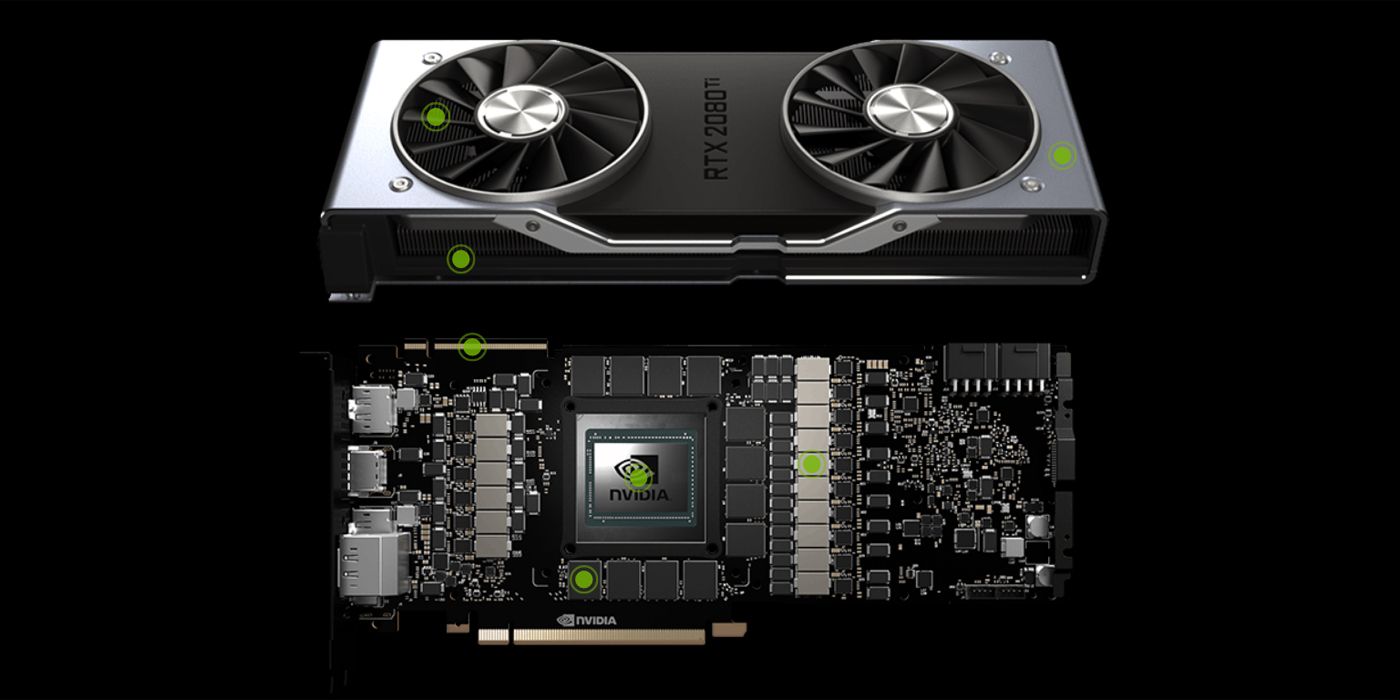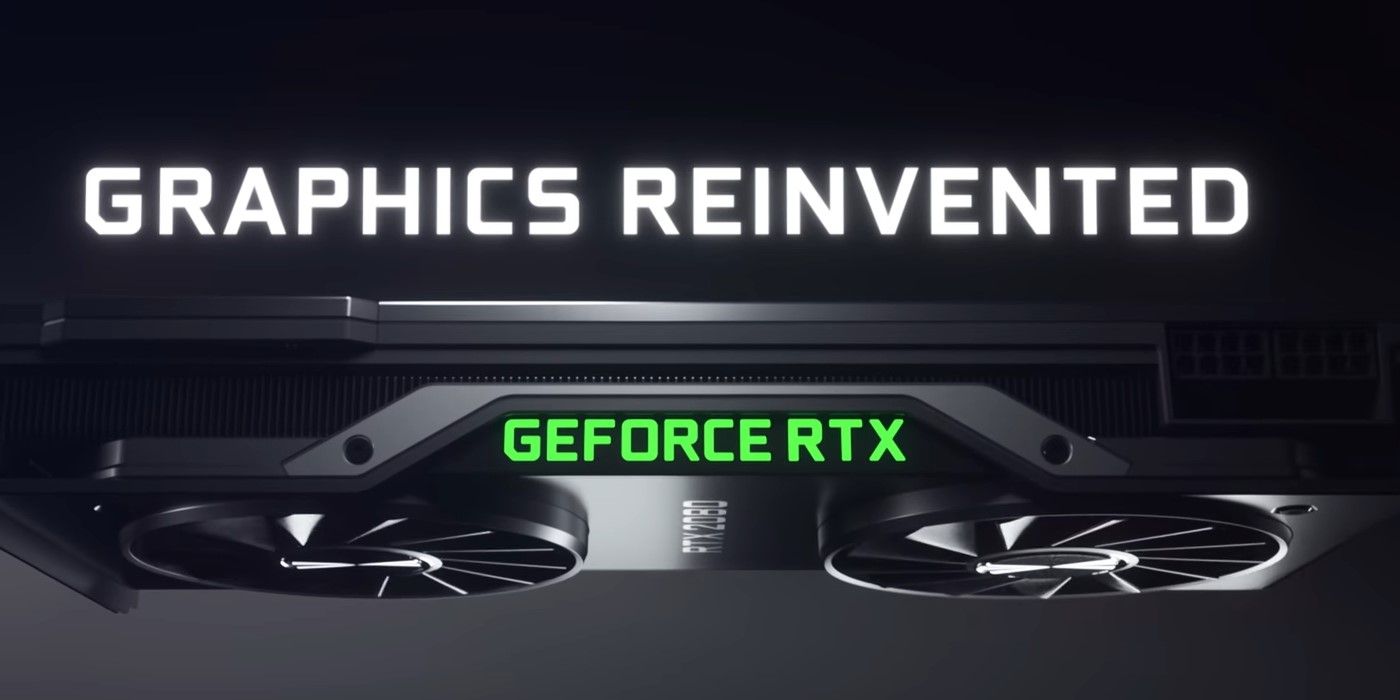It's widely accepted that GPUs are an important part of making computer-generated visuals look nice but few people outside of development circles can define what a GPU actually is. The definition is straightforward, so it's common knowledge that a GPU is a graphics processing unit. It's the application of a GPU within a PC that makes it more than just an additional processor, though.
GPU talk is big right now as people make upgrades to their game consoles and PC hardware in 2020. While graphics processing is important in several professional fields (it's a huge part of video editing, for example), this year it's especially meaningful to the video game industry. The upcoming PlayStation 5 and Xbox Series X will represent the current highest-end visual effects for games when they release. As those consoles ramp up to launch, AMD and Nvidia, the two biggest names in GPU manufacturing, are already preparing comparable graphics cards for the PC market. We're on the precipice of a major visual leap across nearly every major gaming platform.
Since we'll be hearing so much about GPUs throughout this year, it's worth knowing that they're similar to any other PC processing component, such as a CPU. Physically speaking, a GPU is a single processing unit composed of many other microprocessors called "cores". It is housed inside of a graphics card, meaning those large, rectangular boxes you see with the fans attached have the GPU inside. Because a GPU is designed to handle the many quick calculations needed to create graphical output, they'll often have hundreds or thousands of cores to do those tasks simultaneously and free up the CPU for non-graphics-related work. We often refer to GPUs as a separate piece of hardware, but they can be built onto the same chip as a device's CPU, as is usually the case with smartphones.
Functionally, GPUs work like most processors. The software has instructions that it sends to a CPU and the CPU sends the visual part of those tasks to the GPU. The GPU then decides how to present its new image on a connected display (or displays) and sends it through some kind of physical connection, usually a cable. You'll often hear details about the amount of memory a GPU has. That memory, usually RAM, dictates how much information about the image the GPU can take and send, often measured in seconds. More memory on a GPU increases its "throughput" which means it can produce a more detailed image in less time.
Why Do GPUs Matter
Graphics processing is most frequently discussed in conversations about video games, but complex visuals have started to exist everywhere on digital displays. A smartphone's ability to, for example, display a YouTube video via a picture-in-picture window while the user scrolls through Facebook is an option only afforded by an internal GPU. These kinds of tasks would be possible without dedicated graphics rendering hardware, but it would be a tremendous compromise, putting an absurd load on the CPU and slowing the device's function to a crawl.
GPUs are also of major importance to people who aren't making use of consumer electronics because of computer-generated visuals. Anyone who enjoys movies or TV shows today is likely watching a product that is a direct result of a PC with a GPU. Animated films from companies like Pixar and DreamWorks are made on ridiculously high-end PCs and take hundreds of thousands of hours to render. Even live-action shows and movies are edited digitally edited on PCs, using GPU-dependant editing software. So, even if you don't plan to spend any money on GPUs and aren't invested in that industry's advancements, you'll still reap the benefits they provide.


